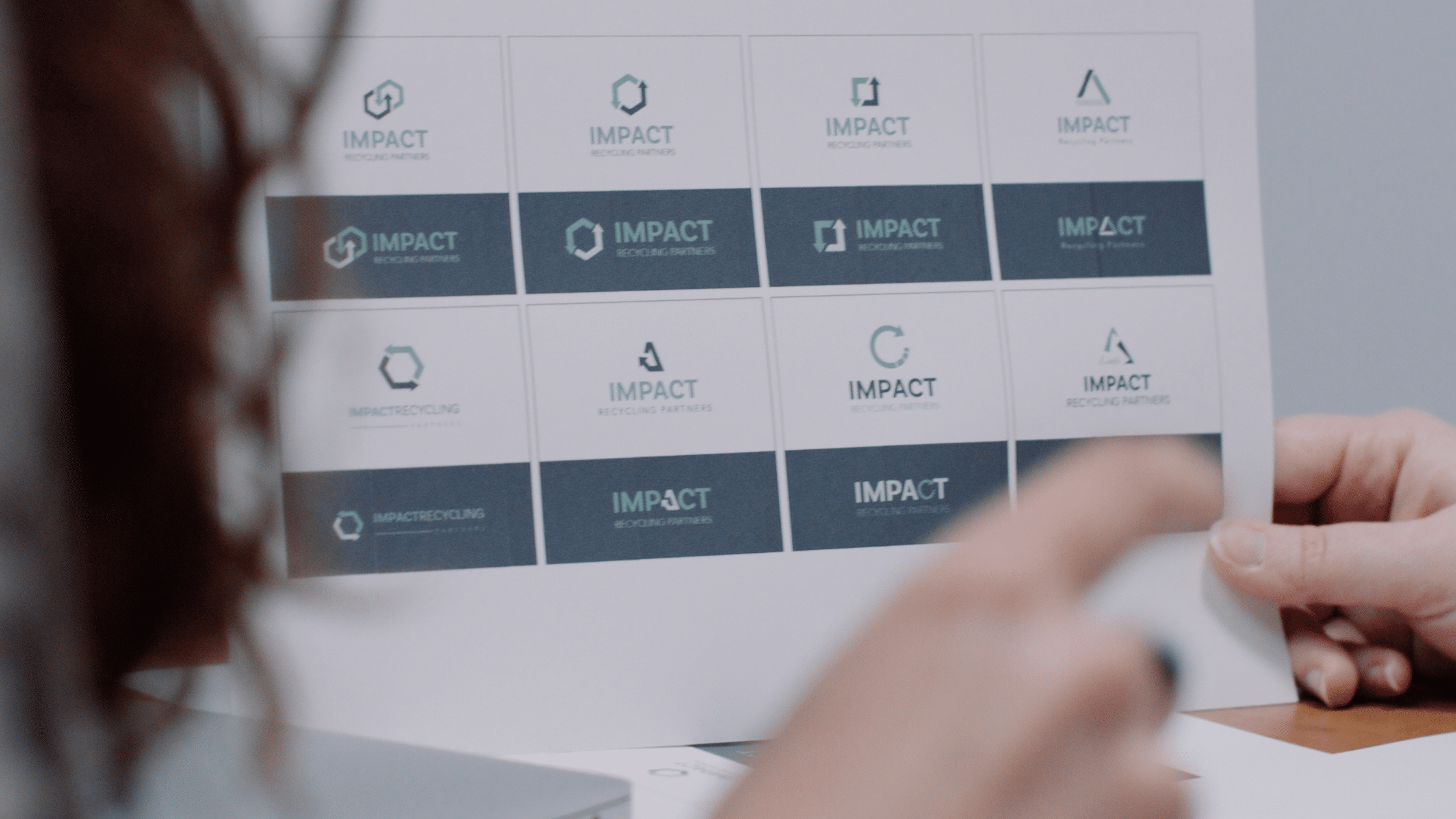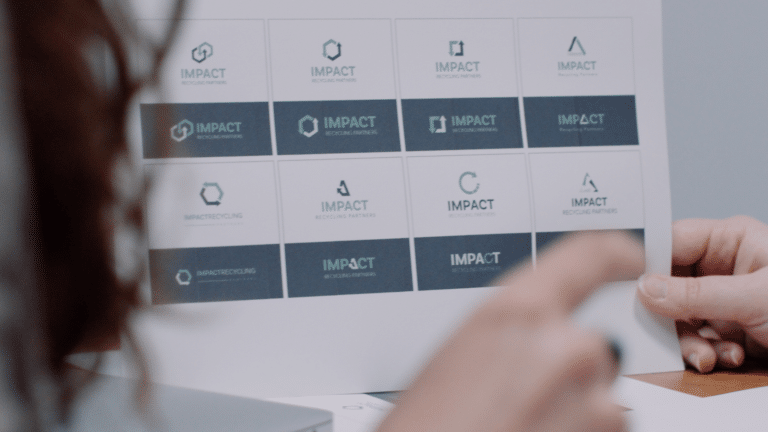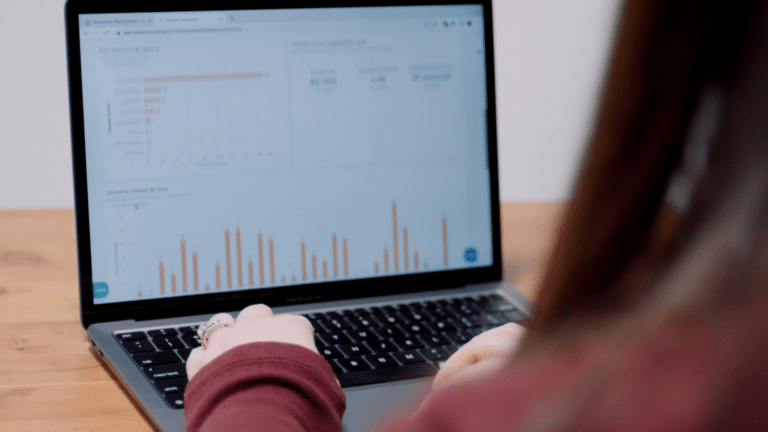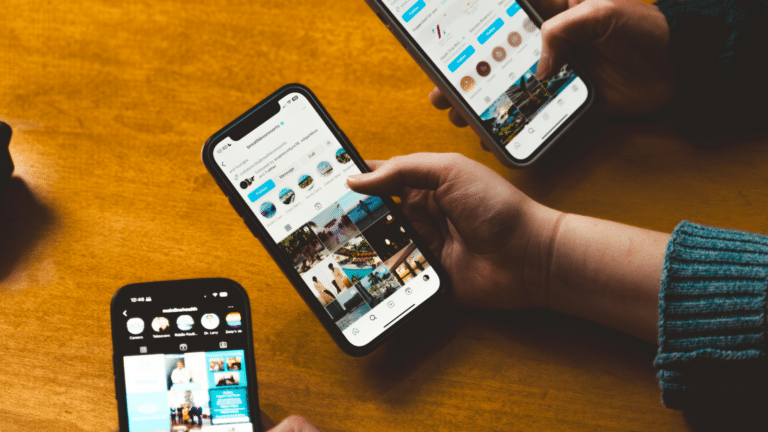If you want to create marketing materials that resonate with your audience and drive action, A/B testing is a great way to do so. It allows you to refine your assets and strategy over time with proof of what actually works for your audience.
To help you get the most out of your marketing, the digital marketing team at Forge Apollo in Philadelphia is here to share everything you need to know about A/B testing in marketing.
What is A/B Testing?
A/B testing is the process of running an experiment between two assets with one different element (like a call-to-action or subject line) to see which one performs better. Brands can either run an A/B test for a portion of their campaign and use the “winner” for the rest or complete an A/B test and use the insights for their next campaign.
Brands can A/B test many different marketing assets, including:
- Emails
- Organic social media posts
- Social media ads
- Website pages
- Other digital ads
- Print ads
The Importance of A/B Testing
A/B testing has several benefits for brands. When done correctly, it refines content over time to be the best version to resonate with your audience and drive action. If you’re not A/B testing your content, you’re missing key insights to maximize your spending. Proper A/B testing provides the following benefits and more.
- Improved engagement
- Higher conversions
- More sales
- Less risk over time
How to A/B Test
So, how do you get started? We’ll walk you through the basic steps to help.
1. Choose What You Want to Test
Choosing what you want to test involves a few steps. First, identify the element you’re looking to test. It’s best to stick to one element, like the subject line in an email or the image on a landing page.
Then, form your hypothesis and choose the metrics that will determine the winner of your test. For example, “We believe that using an email subject line with an emoji will get a higher open rate than one without an emoji.”
When you form your hypothesis, you’ll have to decide if you’re testing a variant against a control or two variations. For example, your typical email subject line vs. one with an emoji, or testing one with an emoji vs one with the recipient’s first name.
Finally, if it’s relevant, pull a baseline of your current performance for that metric. In our email example, what’s the current average open rate for your emails?
2. Set Up the Test
The way you set up your A/B test will depend on the elements you’re testing. Many tools, like email software or ad platforms, will have built-in testing capabilities. Several A/B testing tools on the market also help with other types of testing.
No matter how you physically set it up, the basic steps of your A/B test will be:
- Make the A & B versions of your test
- Decide how you’re splitting the audience (50/50 or a smaller portion before launching the winner to a larger audience)
- Choose a timeframe for your test
3. Let the Test Run
Let the test run for enough time to get statistically significant results. Without getting too deep into statistics, experts recommend having enough results to provide 95% confidence in a winner. If you need help figuring that out, we love this statistical significance calculator from Survey Monkey. Plug in your results, and it will tell you if your result is significant enough.
If your result isn’t significant enough, let the test run longer or send it to a larger audience.
4. Interpret Results & Apply
Look at the metric you identified as your decision-maker in step one. If you’ve reached a statistically significant difference in that metric, you have your winner and know if your hypothesis was correct.
Apply that insight to your next campaign and repeat the process to continue refining your strategy.
We also suggest evaluating any other data you’ve collected in this step for surprise insights. For example, you may have hypothesized that a variation of an ad would get more clicks and may find that it actually gets more impressions.
Common Mistakes and Challenges
Brands frequently make four common mistakes that compromise the quality of their test results.
Testing Too Much
When running a test, choose one element that is different between your A and B versions. If you choose more than one element, it’s impossible to know what was actually responsible for your results.
For example, if a brand runs two graphics with different designs and CTAs, they won’t be able to tell if the CTA or the design drove more results. If they want to test both the CTA and the design, they should complete one test before starting the next one.
Not Setting a Clear Hypothesis
How can you pick a winning version if you don’t know what metrics you’re evaluating for success? At the beginning of the process, set clear metrics to measure the success of your campaign.
For example, if you’re testing two different ad videos, relevant metrics could be views, watch time, or clicks.
Not Choosing Metrics Relevant to That Test
Similarly, it’s essential to consider your test when choosing your metrics. For example, conversions may not be a relevant metric when testing an ad that drives brand awareness. Impressions are better suited to that ad’s goal.
It’s vital to remember if you’re running more than one test at a time. For example, some brands may test their ad creative and their landing page at the same time. Since each test is a different step in the journey, metrics should apply to that step. The click-through rate (CTR) is relevant to the ad creative, while conversions are more relevant to the landing page.
Not Getting Significant Results
We touched on this before with our discussion about statistical significance. If you don’t have enough data to be significant, your test results likely don’t mean anything. You can run a test longer or to a larger audience to get more data.
A/B Test Examples
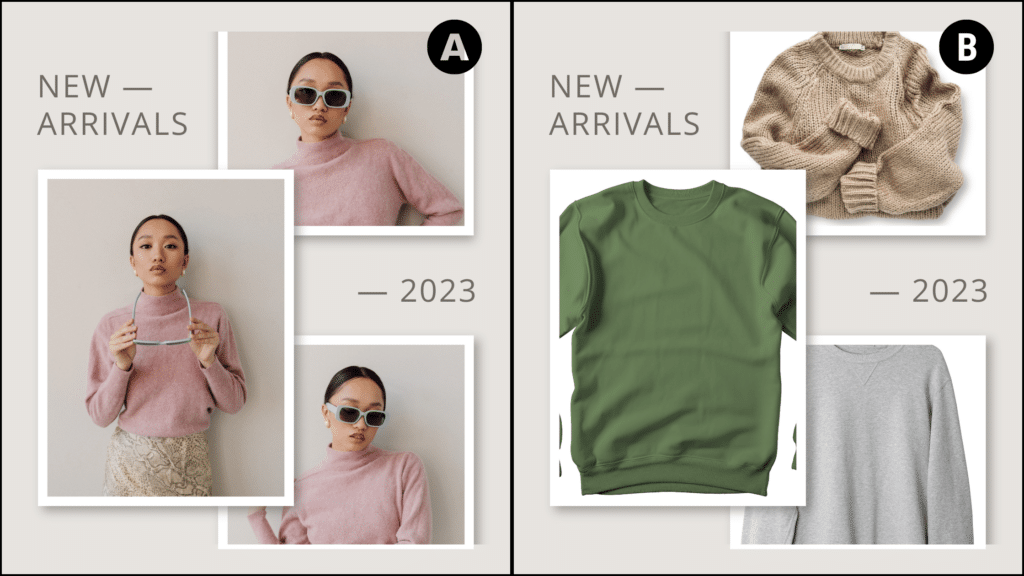
There are endless elements you can A/B test across your marketing strategy. Here are a few examples.
- Email subject lines
- Example: Testing if a subject line with an emoji will get a higher open rate than a personalized subject line.
- Email design
- Example: Testing if an image in the header gets more clicks than a company logo.
- Ad creative
- Example: Testing if an image of people using a product gets more clicks than an image of the product alone.
- Call to action
- Example: Testing if “Reserve My Spot” gets more webinar registrations than “Sign Up.”
- Landing page layout
- Example: Testing if a form at the top of the page gets more submissions than a form at the bottom of the page with buttons linking to it.
- Ad copy
- Example: Testing if a humorous tone gets more clicks than a formal tone.
Optimize Your Campaign
A/B testing is a powerful tool for any marketing strategy. It can help brands optimize their campaigns for improved performance and sales over time. If your brand needs help getting started, contact Forge Apollo today. Our digital marketing team in Philadelphia can help you A/B test everything from ads to emails.
